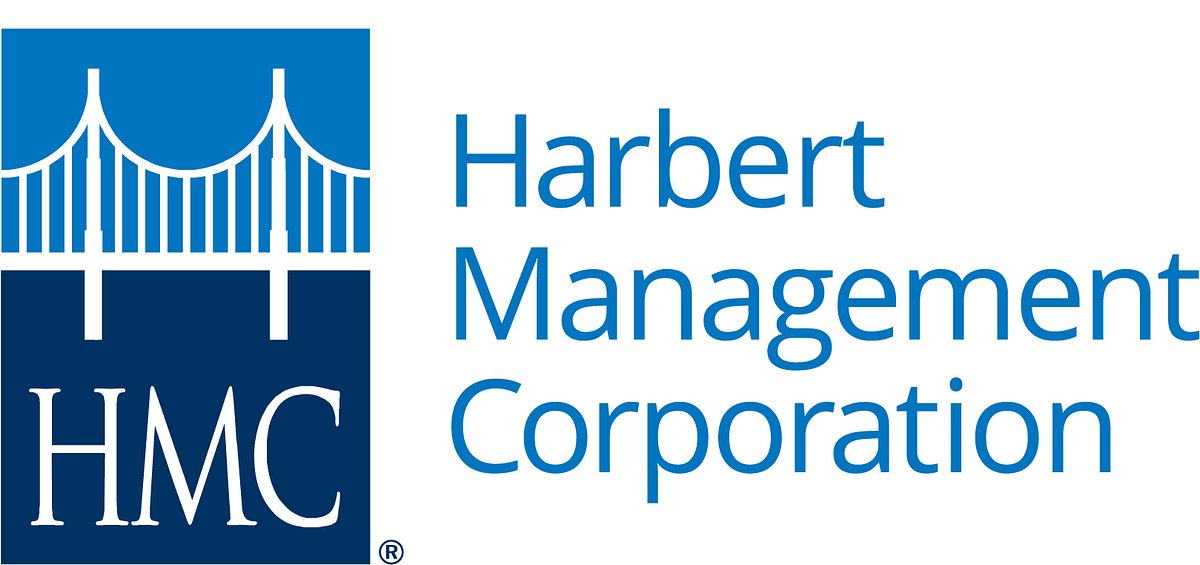
Harbert Management's Succession Plan: A Model for Stability in a Volatile Market
Harbert Management’s planned leadership transition signals a proactive approach to long-term growth. Can Travis Pritchett build on Raymond Harbert’s legacy while navigating evolving market demands?
Harbert Management's Succession Plan: A Model for Stability in a Volatile Market
By Susan Powell
BIRMINGHAM, Ala. – In an industry often rocked by unexpected shifts, Harbert Management Corporation (HMC) is offering a lesson in proactive succession planning. The $8.1 billion alternative asset manager today announced a carefully orchestrated transition, with President and COO Travis Pritchett set to assume the role of CEO on January 1, 2026. Founder Raymond J. Harbert will transition to Executive Chairman, guiding the firm’s long-term strategy but stepping back from day-to-day management.
While leadership changes are commonplace, the way HMC is approaching this transition – with years of grooming and a clear vision for the future – is notable. In a market increasingly defined by volatility and disruption, such stability can be a significant competitive advantage.
A Legacy of Diversification
Harbert, who built HMC from the ground up, has long emphasized a diversified investment approach. Initially focused on real estate, the firm has strategically expanded into power generation, seniors housing, growth capital, and credit solutions. This diversification proved critical during recent economic downturns, providing a buffer against sector-specific risks.
“The firm’s evolution from a purely real estate-focused entity to a multi-asset class alternative investment manager demonstrates a willingness to adapt and capitalize on emerging opportunities,” said one industry analyst, speaking on background. “That adaptability is a key component of their success.”
Pritchett's involvement in shaping that strategy has been crucial. Joining HMC in 2005, he steadily climbed the ranks, demonstrating a keen understanding of both the firm's core competencies and the broader market landscape. Research indicates Pritchett was instrumental in several key investment decisions, including a major power generation portfolio acquisition and the expansion of HMC’s presence in the rapidly growing seniors housing sector.
Maintaining Momentum While Navigating Change
The transition isn’t simply about replacing one leader with another. It's about building upon a strong foundation while embracing the challenges and opportunities of a rapidly changing investment world. One area where industry observers anticipate potential shifts is in HMC’s approach to technology.
“While HMC has a strong track record in traditional infrastructure and real estate, the next phase of growth may require a greater emphasis on technology-driven opportunities,” noted one former employee, requesting anonymity. “Pritchett seems keenly aware of this and is likely to prioritize investments in areas like renewable energy, data centers, and digital infrastructure.”
Research also suggests a potential shift towards a more aggressive international expansion strategy. While HMC currently maintains a primarily U.S.-focused portfolio, a growing number of alternative asset managers are seeking opportunities in emerging markets, drawn by higher growth potential and diversification benefits.
“We’re seeing a lot of interest in markets like Southeast Asia and Latin America,” commented one industry consultant. “HMC has the resources and expertise to capitalize on these opportunities, but it will require a willingness to take on additional risk.”
A Model for Succession in a Turbulent Era?
The smooth transition at HMC stands in stark contrast to the often-chaotic leadership changes seen in other financial institutions. While many firms are caught off guard by unexpected departures, HMC has spent years preparing for this moment.
“Succession planning is often overlooked, especially in the fast-paced world of finance,” explained one executive recruiter, speaking on background. “HMC’s approach is a testament to the importance of long-term vision and a commitment to developing internal talent.”
However, the transition isn’t without its challenges. Maintaining the firm’s culture and preserving its core values will be crucial during this period of change. Pritchett will need to strike a delicate balance between honoring Harbert’s legacy and forging his own path.
“The key to a successful transition is ensuring that the new leader has the support of the entire organization,” noted one industry observer. “If the team buys into Pritchett’s vision, the firm is well-positioned for continued success.”
Looking ahead, HMC faces a complex and uncertain economic landscape. Rising interest rates, geopolitical tensions, and the ongoing threat of inflation all pose significant challenges to the alternative investment industry. But with a stable leadership team, a diversified portfolio, and a long-term vision, HMC appears well-equipped to navigate these headwinds and capitalize on emerging opportunities. The firm's proactive approach to succession planning may well serve as a model for other institutions seeking to ensure a smooth and sustainable transition in an increasingly turbulent world.
The true test of this plan will unfold in the coming years, but for now, Harbert Management Corporation is offering a welcome example of stability and foresight in a market desperately seeking both.
